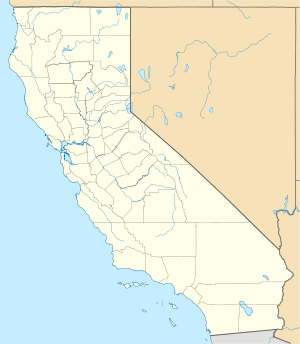R.M.S Queen Mary

RMS Queen Mary in Long Beach, California
|
|
| History | |
|---|---|
|
|
|
| Name: | Queen Mary |
| Namesake: | Queen Mary, consort of King George V |
| Owner: |
|
| Port of registry: | Liverpool |
| Route: | Southampton, New York, via Cherbourg (normal transatlantic voyage East and West bound) |
| Ordered: | 3 April 1929 |
| Builder: |
|
| Yard number: | 534 |
| Laid down: | 1 December 1930 |
| Launched: | 26 September 1934 |
| Sponsored by: | Queen Mary |
| Christened: | 26 September 1934 |
| Maiden voyage: | 27 May 1936 |
| Out of service: | 9 December 1967 (retired) |
| Identification: | Radio Callsign GBTT |
| Status: | museum ship |
| General characteristics | |
| Type: | Ocean liner |
| Tonnage: | 81,237 GRT |
| Displacement: | 81,961 tons |
| Length: | |
| Beam: | 118 ft (36.0 m) |
| Height: | 181 ft (55.2 m) |
| Draught: | 39 ft (11.9 m) |
| Decks: | 12 |
| Installed power: | 24 × Yarrow boilers |
| Propulsion: |
|
| Speed: |
|
| Capacity: | 2,139 passengers: 776 first (cabin) class, 784 cabin class, 579 tourist class |
| Crew: | 1101 |
|
RMS Queen Mary
|
|
| Coordinates | 33°45′11″N 118°11′23″W / 33.75306°N 118.18972°WCoordinates: 33°45′11″N 118°11′23″W / 33.75306°N 118.18972°W |
| NRHP reference # | 92001714 |
| Added to NRHP | 15 April 1993 |
RMS Queen Mary is a retired ocean liner that sailed primarily on the North Atlantic Ocean from 1936 to 1967 for the Cunard Line (known as Cunard-White Star Line when the vessel entered service). Built by John Brown & Company in Clydebank, Scotland, Queen Mary, along with RMS Queen Elizabeth, were built as part of Cunard's planned two-ship weekly express service between Southampton, Cherbourg and New York. The two ships were a British response to the express superliners built by German, Italian and French companies in the late 1920s and early 1930s. Queen Mary was the flagship of the Cunard Line from May 1936 until October 1946 when she was replaced in that role by Queen Elizabeth.
Queen Mary sailed on her maiden voyage on 27 May 1936 and captured the Blue Riband in August of that year; she lost the title to SS Normandie in 1937 and recaptured it in 1938, holding it until 1952 when she was beaten by the new SS United States. With the outbreak of the Second World War, she was converted into a troopship and ferried Allied soldiers for the duration of the war.
Following the war, Queen Mary was refitted for passenger service and along with Queen Elizabeth commenced the two-ship transatlantic passenger service for which the two ships were initially built. The two ships dominated the transatlantic passenger transportation market until the dawn of the jet age in the late 1950s. By the mid-1960s, Queen Mary was ageing and, though still among the most popular transatlantic liners, was operating at a loss.
...
Wikipedia

